Ground your younger students with a solid foundation in the layers of the Earth
Download this
Infographic poster, fact sheet and differentiated worksheets with three levels of scaffolding. Display the poster in your classroom or on a projector. Alternatively, print it and use it as a handout.
Use the accompanying resource as a Directed Activity Related to Text (DART). The resource consists of information cards for learners to add properties and statistics to, relating to the different layers of the Earth; a diagram with blank spaces where learners can glue their completed cards and a set of pie charts for learners to complete.
Formed around 4.5 billion years ago, Earth is the only planet in our solar system known to support life.
Earth has a layered structure. Each layer has unique chemical and physical properties.

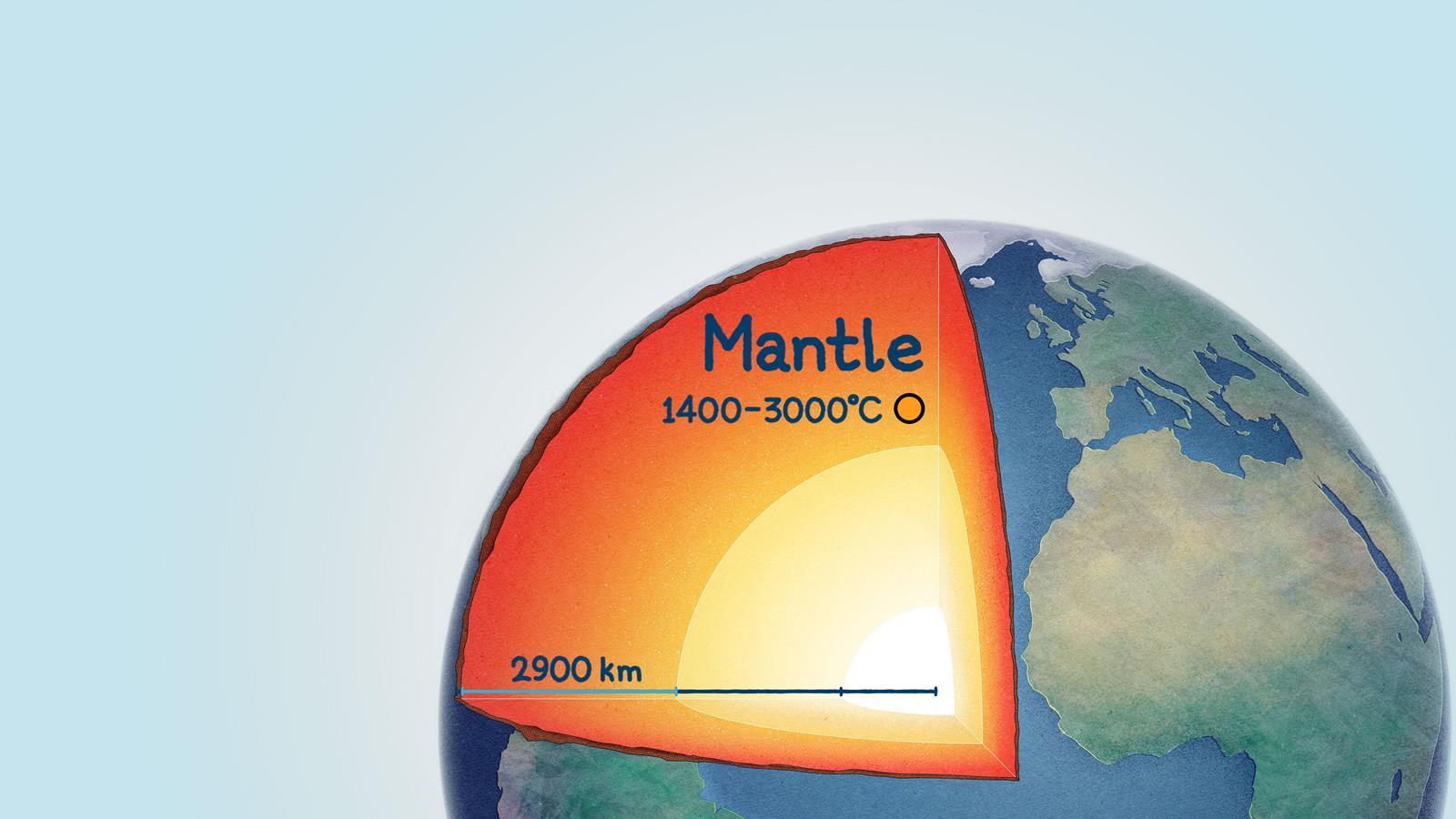

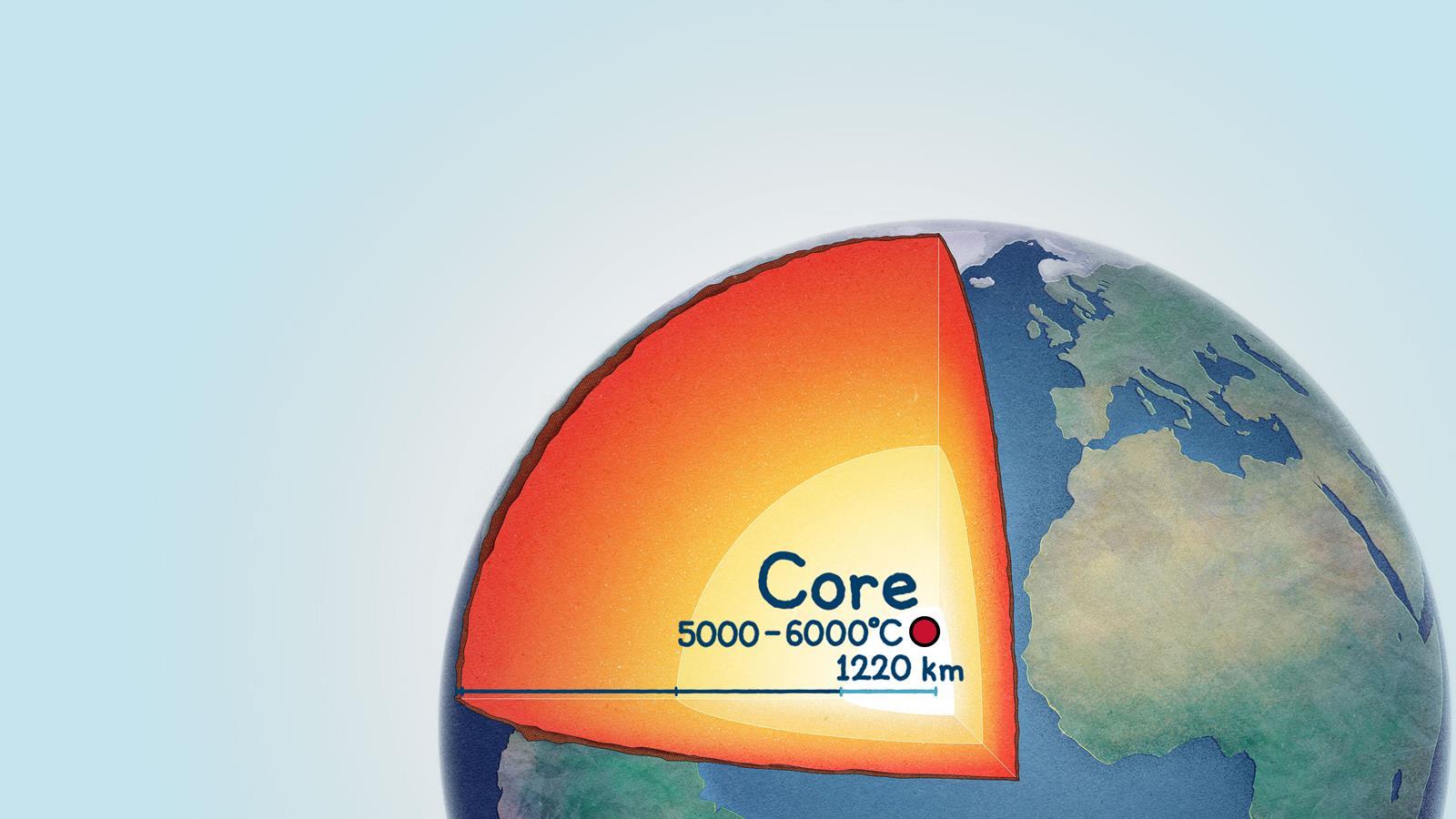
The thin outermost layer of the Earth, where we live. Divided into: continental crust and oceanic crust
The mostly solid layer between the thin outer crust and the dense core. Made predominantly of silicates
Responsible for the Earth's magnetic field, the outer core mostly consists of liquid iron and nickel
Although at a temperature well above the melting point of iron, the inner core is solid
Did you know…?
If there were a queue of buses from the centre of the Earth’s inner core to the crust, it would be 532,500 buses long.
Want more?
If you want more posters and downloadable activities for teaching 11–14 science, try the poster on the periodic table with an elements activity or the water cycle poster with structure strips. There’s plenty more to choose from. And for support on how to teach Earth science topics for your 11–14 learners, read these CPD articles:
CPD support
- How to teach Earth science
- How to teach the chemistry of the rock cycle
- How to teach the carbon cycle
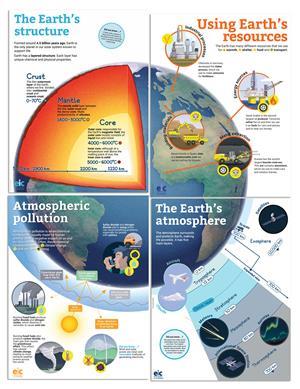
Get the full set of Earth posters
This poster fits with three others to make one large poster of the Earth. Complete your giant Earth poster by downloading...
All illustrations © Dan Bright. Resources by Kirsty Patterson
More resources
- Help learners visualise the structure of the Earth and boost their confidence with plotting information on scales by drawing a scale model of the Earth.
- Determine if all limestone is the same with this investigation for 11–14 year olds where learners will plan, implement and evaluate a practical investigation.
- Meteorites can give us clues to the composition of other planets. Use meteorite composition data including numbers below zero and percentage values to develop learners’ key mathematical skills with this data analysis resource for 11–14 year olds.
Downloads
Earth's structure poster
Handout | PDF, Size 1.64 mbEarths structure fact sheet
Handout | PDF, Size 0.13 mbComposition of the Earth unscaffolded student sheet
Handout | PDF, Size 0.68 mbComposition of the Earth partially scaffolded student sheet
Handout | PDF, Size 0.43 mbComposition of the Earth fully scaffolded student sheet
Handout | PDF, Size 0.62 mbComposition of the Earth teacher notes and answers
Handout | PDF, Size 1.05 mbEarths structure fact sheet
Editable handout | Word, Size 0.43 mbComposition of the Earth unscaffolded student sheet
Editable handout | Word, Size 1.32 mbComposition of the Earth partially scaffolded student sheet
Editable handout | Word, Size 1.3 mbComposition of the Earth fully scaffolded student sheet
Editable handout | Word, Size 1.35 mbComposition of the Earth teacher notes and answers
Editable handout | Word, Size 3.52 mb




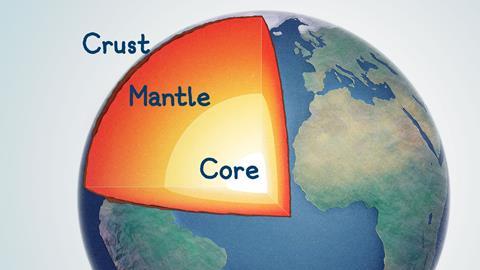


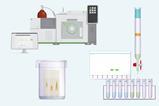







No comments yet